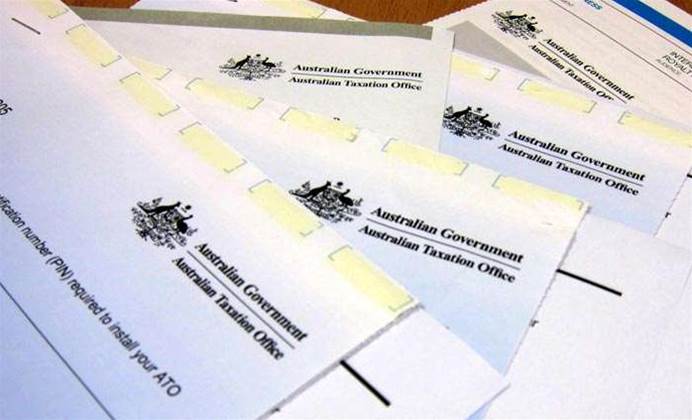ATO to ingest daily Medicare data to check levy exemption claims – Finance – Storage
[ad_1]
The Australian Taxation Office (ATO) will next month move from biannual to daily ingestion of data from Services Australia to speed up processing of returns where a Medicare levy and surcharge exemption is claimed.

The data is fed into discrepancy detection models used by analysts to determine if exemption claims are correct.
Anyone who is not eligible for Medicare for the whole financial year can claim an exemption from the Medicare levy, according to Services Australia’s website.
This includes certain citizens, permanent residents, New Zealanders and visa holders, but two subgroups of visa holders make up the lion’s share: those who either haven’t applied for permanent residence or aren’t covered by Medicare under their nation’s reciprocal healthcare agreement.
An ATO spokesperson told iTnews that “collecting the data [from Services Australia] on a daily basis enables us to provide a better client service through more timely processing of Medicare levy exemption claims.”
The ATO first launched what it calls “the specified benefits and entitlements data-matching program” during the 2016-17 financial year.
As an example, the ATO said 133,151 individuals held an MES in 2021-22, of which 99 percent were validated using data-matching.
“Reviews were conducted on 6100 claims,” the ATO said in a government gazette [pdf].
The ATO is anticipating a higher volume of checks needing to be run – around 180,000 a year – making access to MES data on a daily basis more important.
“This estimated data population has increased in line with the growth in temporary residents and their awareness of their entitlement to an MES,” it said.
The notice added that updating the discrepancy detection models to receive the MES data on a daily basis would also resolve inefficiencies caused by exemption claims being made at different times throughout the financial year.
“Medicare exemption statements can be claimed during or after a financial year. For example, a claim for the 2022-23 financial year can be claimed within the 2023-24 and 2024- 25 financial years.
“Our collection process has changed to accommodate this. The change improves the currency of our information for validation and further reduces the need to contact the taxpayer.”
The ATO’s website lists 26 current data-matching programs; their use cases, ingestion frequencies, data retention cycles, third-party data providers and periods the external records cover vary.
The frequency of data ingestion for these varies: a recently renewed program targeting landlords who don’t declare or underreport rental income, for example, remains biannual.
Most ATO discrepancy detection systems involve data-sharing agreements with other government entities but some include private sector partners.
For example, Tyro Payments, Westpac, CBA and other financial institutions participate in the ATO’s credit and debit card data matching program.
[ad_2]
Source link

